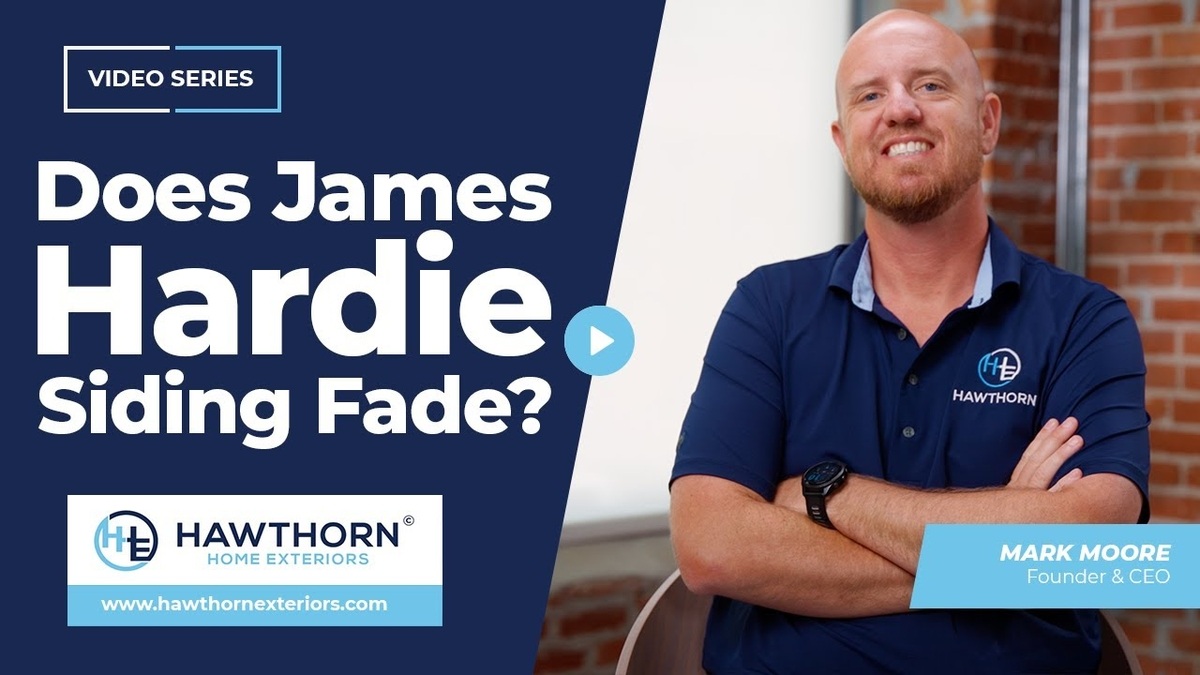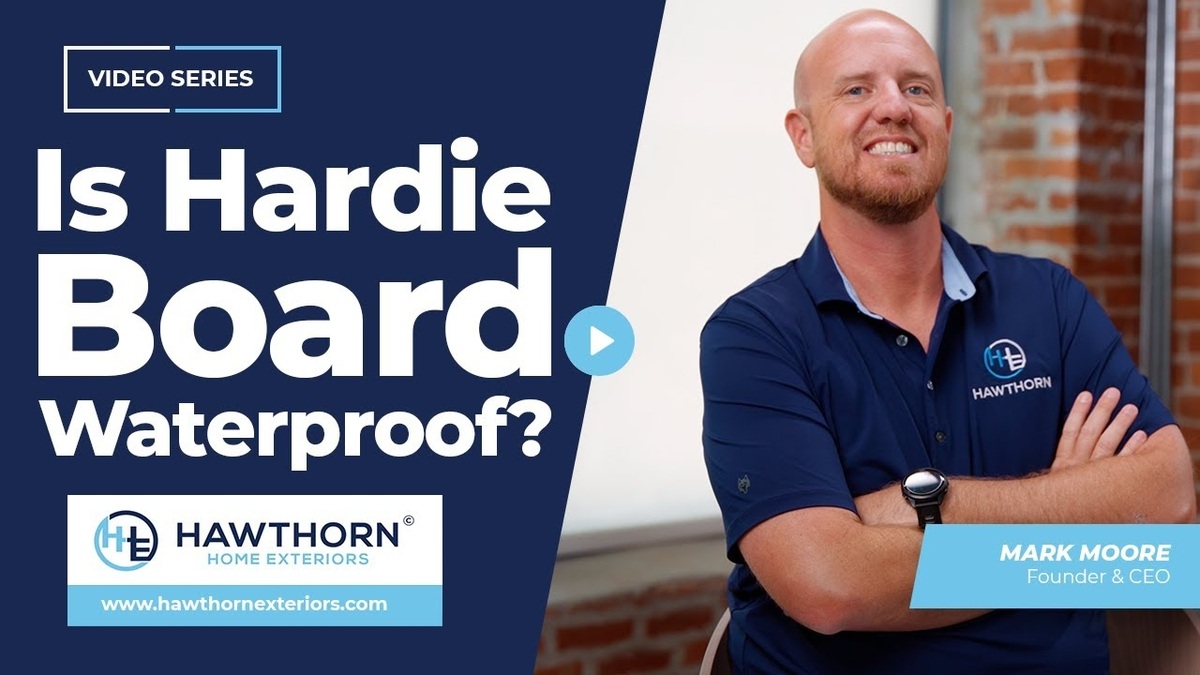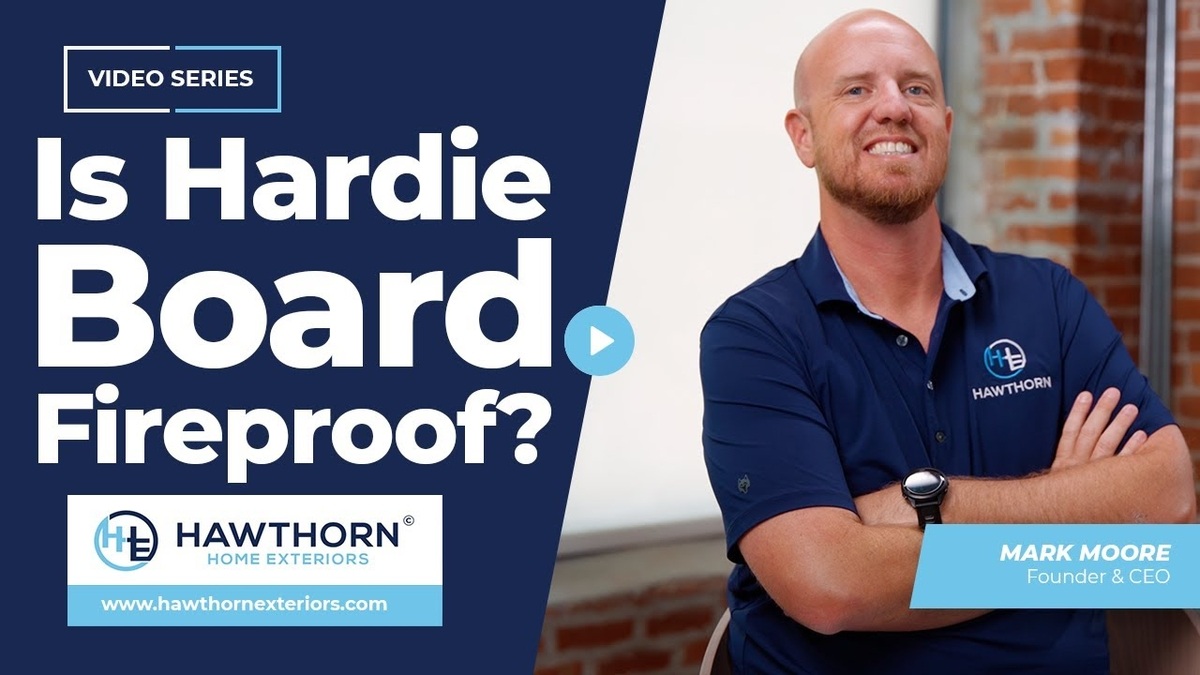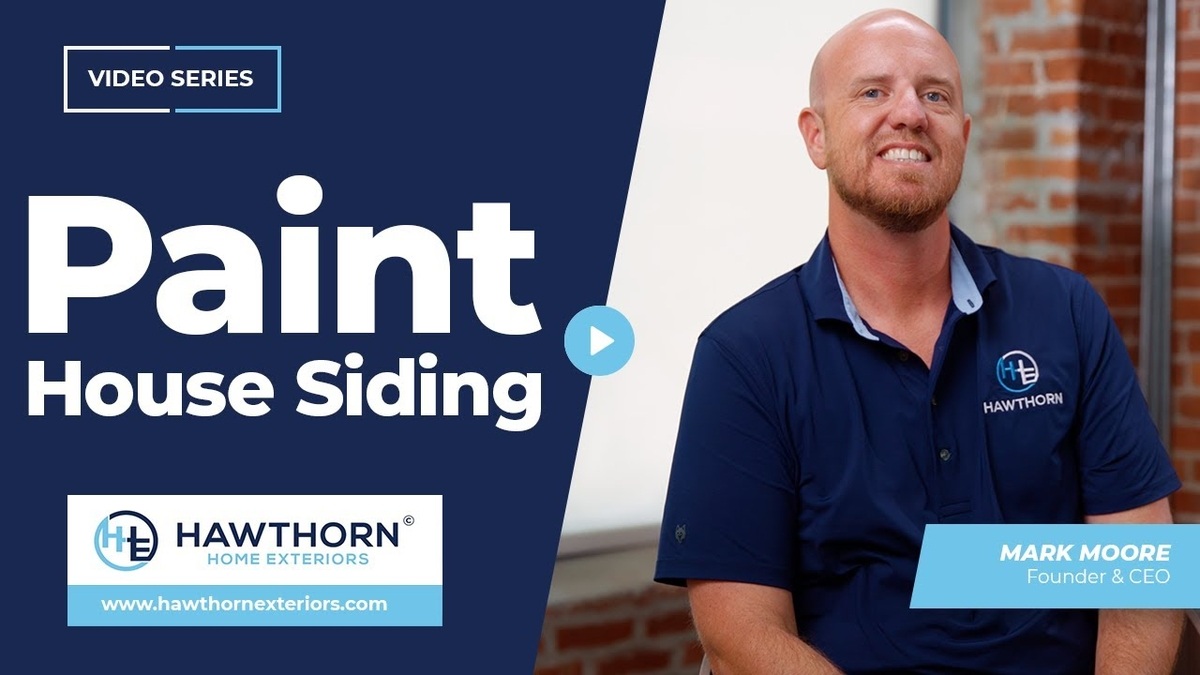There are many types of siding, each offering different strengths. Some hold up better in harsh weather, while others are chosen for their style or price. Understanding these options makes it easier to choose what works best for your home.
In St. Louis, that choice often depends on our changing seasons and local style. Homeowners here are picking siding that offers a mix of durability, curb appeal, and long-term value.
Vinyl Siding: Affordable and Widely Used
Vinyl siding is one of the most common choices for homeowners because it’s affordable and easy to install.
Pros:
- Budget-friendly
- Low maintenance
- Many color and style options
- Resistant to rot and pests
Cons:
- Can fade or crack over time
- Doesn’t hold up well in high winds
- Doesn’t offer a custom or upscale look
Pro Tip: Vinyl siding may look fine at first, but it can detach during strong storms since it’s not anchored to the wall studs.
Fiber Cement Siding: The James Hardie Advantage
Fiber cement siding, especially from James Hardie, is one of our top picks for performance and design. In St. Louis, with its hot summers and freeze-thaw winters, we’ve found it holds up better than most materials.
Pros:
- Extremely durable and weather-resistant
- Looks like real wood without the upkeep
- Fire, insect, and rot resistant
- High return on investment (about 76%)
- Factory-applied ColorPlus finish resists fading
Cons:
- Higher upfront cost than vinyl
- Heavier material requires professional installation
We often install James Hardie lap siding with a 7-inch reveal for a classic look or use board and batten or shake accents for a modern touch. This siding gives you the chance to customize your home so it doesn’t look like every other house in the neighborhood.
Key Takeaway: Fiber cement siding is built to last and makes your home stand out with lasting curb appeal.
Need expert help with types of siding? Contact Hawthorn for a free consultation.
Wood Siding: Classic but High Maintenance
Wood siding has a warm, natural look that some homeowners love. It’s usually made from cedar, pine, or redwood.
Pros:
- Timeless appearance
- Easy to paint or stain
- Can be replaced in small sections
Cons:
- Needs regular upkeep to prevent rot
- Prone to pests and moisture damage
- Can be expensive over time
We rarely recommend wood siding in our region due to the humidity and frequent rain. It can wear down faster unless it’s maintained often.
Engineered Wood Siding: A Middle Ground Option
Engineered wood siding looks like real wood but is made from treated wood fibers and resins. It’s a lower-maintenance option with a similar visual style.
Pros:
- Less costly than real wood
- Better moisture resistance
- Easy to install
Cons:
- Not as durable as fiber cement
- Still needs painting or sealing
It can be a good option for those who want the wood look without all the upkeep, though it doesn’t last as long as fiber cement.
How to Choose the Right Siding for Your Home
When thinking about the best types of house siding for your home, consider:
- Weather durability: Can it handle all four seasons in St. Louis?
- Cost and value: Will it last long enough to be worth the investment?
- Design goals: Do you want a simple refresh or a total transformation?
- Installation: Will it stay put during high winds and storms?
We’ve worked with hundreds of homeowners who want more than just beige vinyl on their homes. By using digital design tools and strong siding products like James Hardie, we can help you create a look that lasts and adds real value to your property.
In Summary:
Choosing from the many types of house siding is a big step in improving your home’s look and value. Whether you want something budget-friendly or a high-end finish that stands out, we’re here to help guide the process.
Ready to upgrade your siding? Contact Hawthorn today for a custom quote.





